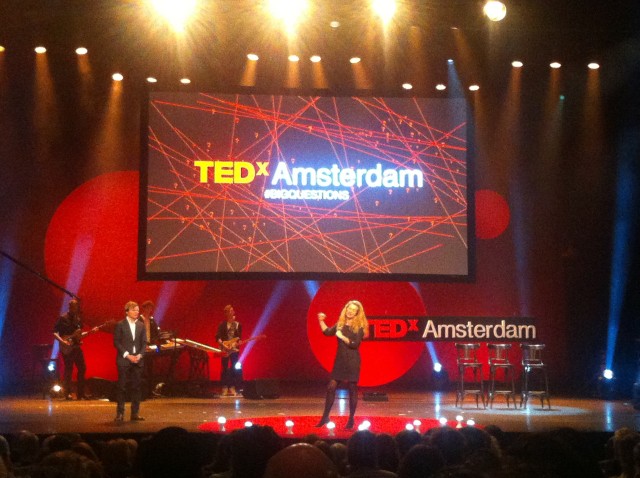
With over a 1,000 of them available to investors, the popularity of multi asset or balanced funds has been growing continuously over time.
Built towards maintaining the steadiest possible returns through Bulls and Bears, these funds tend to attract the most conservative and risk-averse of investors. Consistency and diversification are key components of these funds, which aim to protect investors’ portfolios from steep loss curves, rather than trying to drive the highest possible returns at the cost of later sharp dives.
While no investment approach is ever a fool proof shield against losses, the methodology of such funds is worth taking a look at, in particular because of their seemingly counter-intuitive approach: instead of relying on a large macro calls to grow the fund, they try to maintain a balance over time, in order to withstand any market environment.
As they make an art out of risk-balancing, such funds can be used as a cornerstone for an investor’s portfolio, providing some elbow room to make more risky investments throughout the rest of it.
Using volatility to one’s advantage
Stable return funds are not emotion-prone – in fact, portfolio management teams aim to achieve the opposite. “In the last three months, some investors have caught on the euphoria of the sharp rise in UK and US bond yields”, remarks Asbjorn Trolle Hansen, Head of Multi-Asset at Nordea Investment Management. Despite such peaks, the Nordea 1 –Stable Return Fund stuck to its philosophy by not divesting from those bonds. “Investors may have opinions about what is happening in these markets, but we do not let ourselves be distracted by sudden peaks. When we find a bear market driven by risky assets, that’s when we need true diversification. High quality government bonds are among the best tools to protect the portfolio in this kind of environment”, Hansen emphasizes.
Micro, not macro: the bottom-up approach
True to its philosophy of spreading risk as much as possible across carefully selected asset classes, the Nordea 1- Stable Return Fund invests in all permissible types of asset classes such as equities, bonds and money market instruments. “Other funds suffer because their asset exposure is less spread out and they need at least 60-70 % fixed income to maintain low volatility”, Hansen explains.
The fund relies on a “bottom-up” quantitative, data-driven approach, preferring to look at the long term risk-reward trade-off each asset class offers to make up the portfolio rather than relying on a broader macroeconomic outlook. Top-performing* companies in the portfolio include Johnson & Johnson, Google Inc., Oracle Corporation and United Health Group Inc. (source: Morningstar). The current portfolio has a 33% net exposure to global equities, 42% of high quality government bond positions, and a very small position in credit with 3% exposure.
There will be Bears: relying on losses for better gains
The overall methodology could seem counter-intuitive, however it could not be more apt to weather the winds of volatility. Instead of relying on a top down, traditional approach to asset class allocation, the fund is constructed by combining two groups of assets: those that work during recessionary periods and those that perform well during recovery periods. The final allocation is based on the risk contribution both groups bring to the basket, and on the correlations they tend to have over a full investment cycle. This is done by capturing the underlying return drivers within each asset class, and assessing their individual contribution to the expected risk/return ratio. “The only constraint we have when constructing the portfolio is to try to have a very low probability of negative returns after three years of investment.” explains Hansen.
There are two types of return drivers which make up the dynamics of the portfolio: ‘risk-on’, and ‘risk-off’, each rated according to an associated risk premium. For example, with credit bonds, the total return is spread across two premia with the emphasis laid strongly on credit and duration The individual return drivers perform differently and can be used to obtain true diversification.
Nordea’s core belief is that the return driver/risk-premia approach is the most reliable, and that volatile times require an investment approach that is balanced at all times and not alternatively defensive or aggressive depending on one specific market view.
Achieving predictable returns
As would most low-risk funds, the Nordea 1 – Stable Return Fund opts for being predictable**. Hansen is very circumspect with regard to anything that might drive investors to make choices based on momentum, or short-term losses: “We stay true to our philosophy despite the short-term headwinds.” The fund, however, is not completely inflexible: “We can slightly correct our positioning when faced with changing market conditions.”
*Date: 30.06.2015
**In the last three years, the return for the Nordea 1 – Stable Return fund was 7.05% per annum (30.06.2015).




 As financial PRs, we live and breathe the news, but with the world on high security alert in recent weeks, we have been following the media even more keenly.
As financial PRs, we live and breathe the news, but with the world on high security alert in recent weeks, we have been following the media even more keenly.







